As online shopping continues to rise in popularity, retailers are taking big steps to streamline the shopping process, engage customers, and rank better in search engines. With the move towards eCommerce and the explosion of direct to consumer brands, it is essential that eCommerce sites work to differentiate themselves online. NMC has worked on a number of eCommerce website design projects and keeps an eye on the space to advise our clients on emerging trends and best practices.
One trend that has dominated this movement has been an increased focus on creating robust product pages. Instead of limiting a product page to basic specs and information, retailers are moving towards a model that features more detailed content, a richer brand narrative, and more opportunities for the customer to learn about the product without leaving the site. We call these Fortified Product Pages.
Below, we explore how this strategy benefits brands and eCommerce sites.
Showcasing Product
At the most basic level, an eCommerce product page must include an image and some kind of description of the item. Fortified Product Pages take this one step further by showing off each item’s unique design and features. Rapha takes advantage of this by including numerous full-width photos and detail shots of logos and patterns.
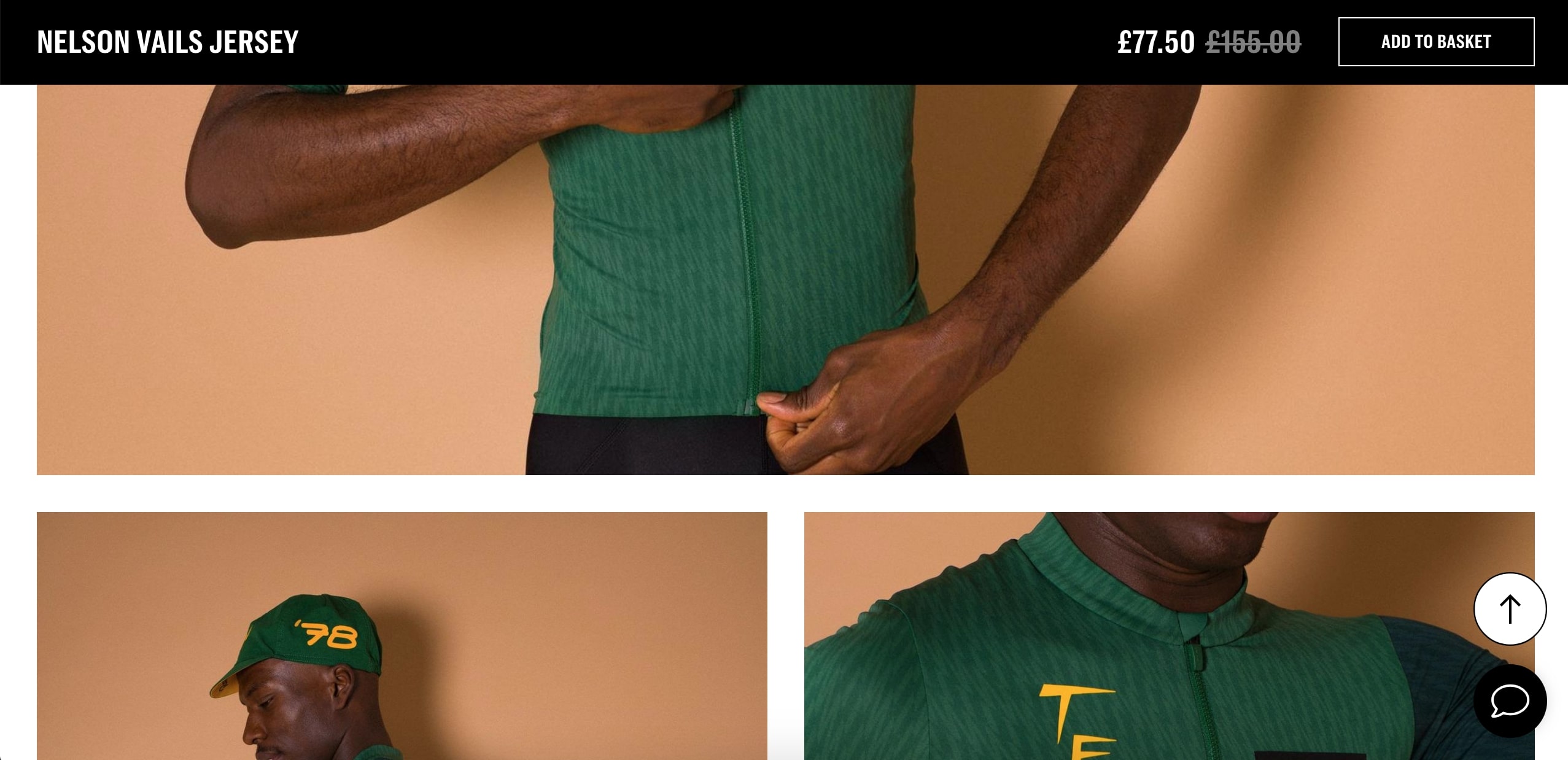
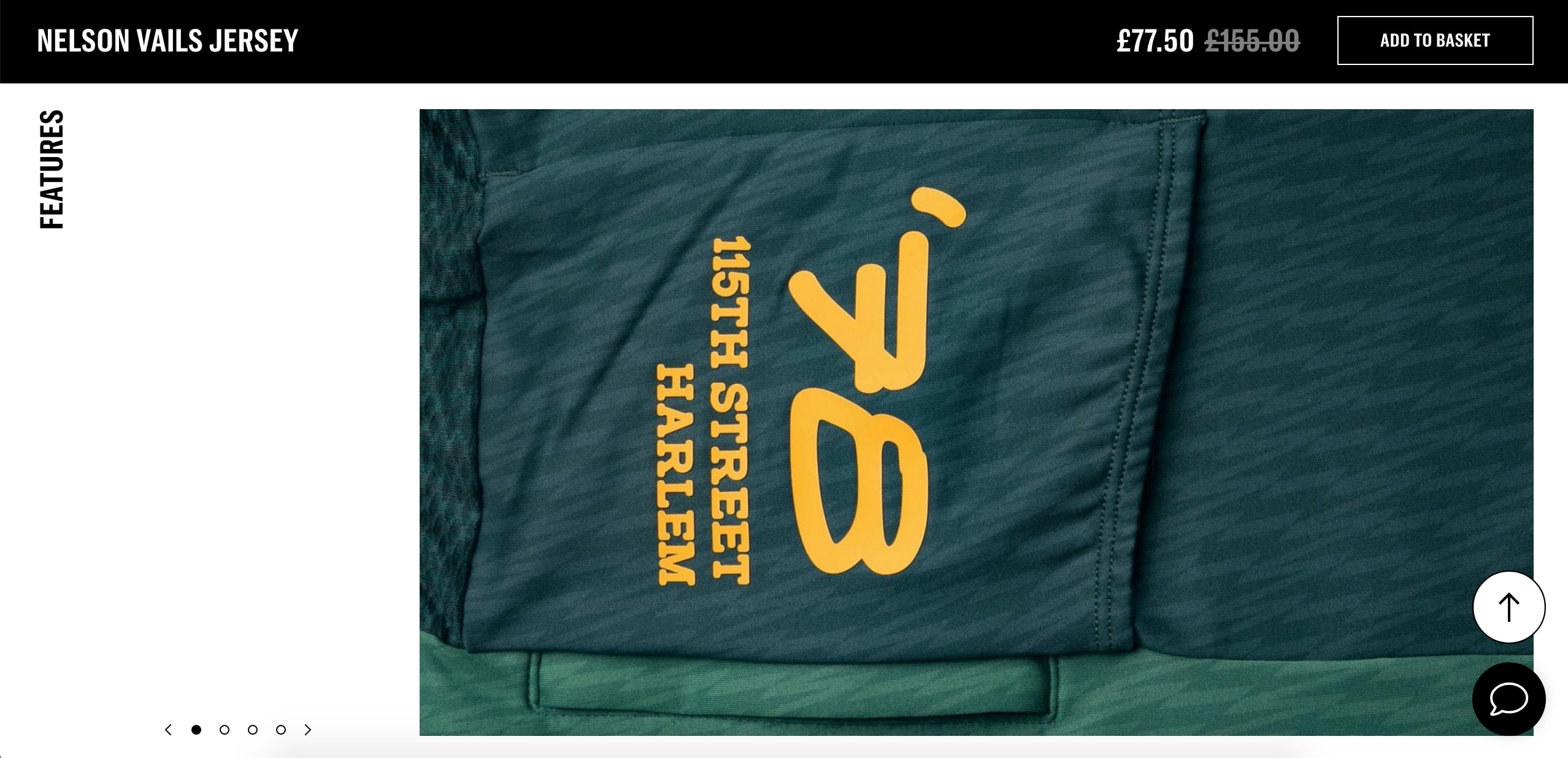
On other sites, the emphasis moves past photos to include descriptions of design elements and information about why the product is representative of the brand. Shinola, for example, uses the space to highlight specific features of each watch like the movement, strap, and dial. These descriptions educate the shopper on the “how” and “why” of a product, placing them in touch with the brand’s design decisions and making them more likely to consider a purchase.
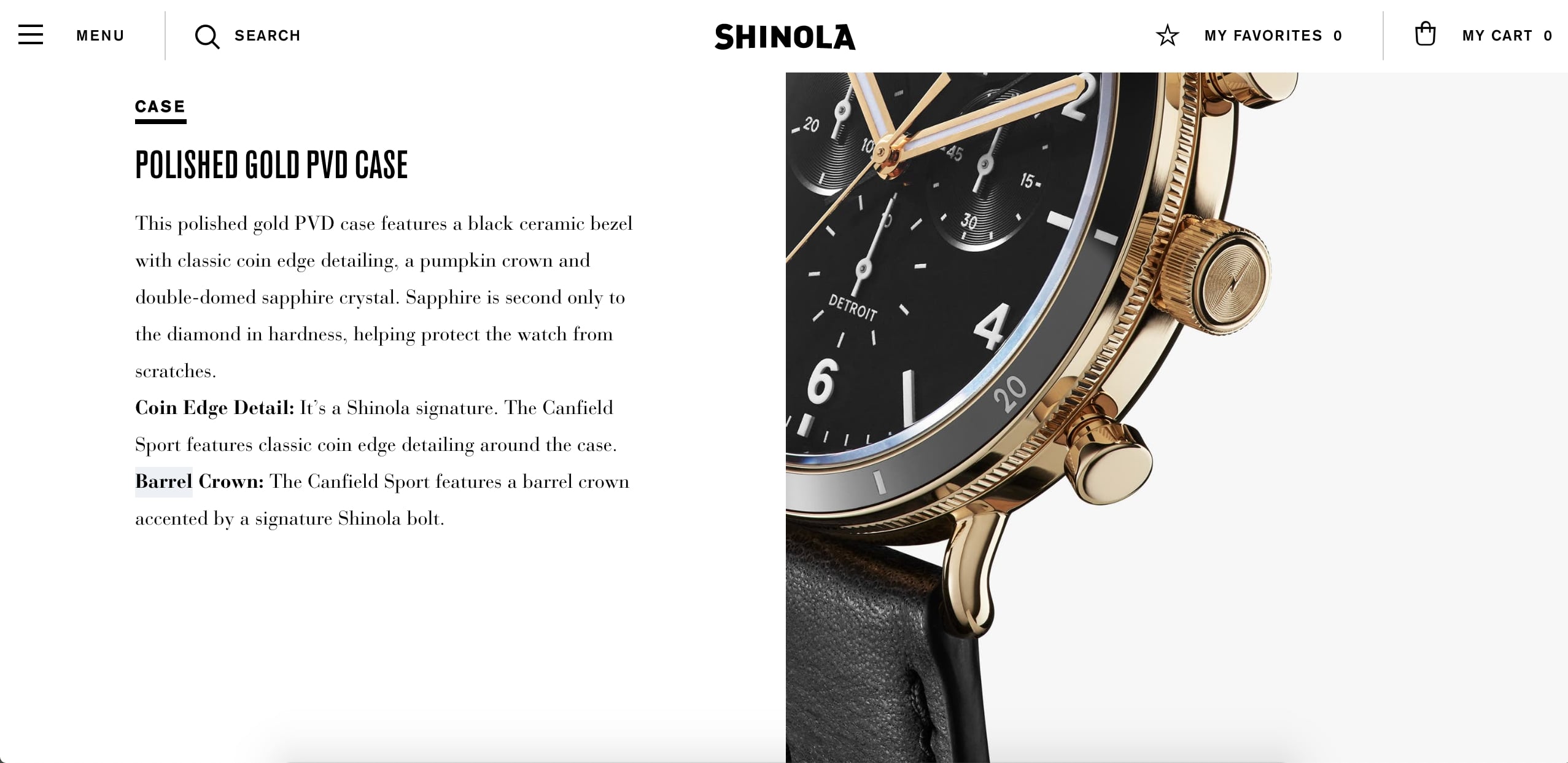
Eliminating Third-Party Validation
Before making a purchasing decision, many online shoppers have developed the habit of visiting central review sites like the Wirecutter. More and more, successful sites are working to preempt customers’ desire to consult third-party reviews by prominently featuring detailed fit/use information and customer feedback. The reasoning behind this is to give the brand more control over the product’s narrative and to make it easier for shoppers to gather information without leaving the site.
On Rapha, we see this strategy in play via the detailed fit guides on each product page. In the past, customers have sought this type of information from third-party review sites, personal blogs, and other webpages. Rapha eliminates the need for additional research by including the fit photos and measuring instructions on the product page. This streamlines the shopping experience and gives the customers a good idea of what to expect in terms of size and fit.
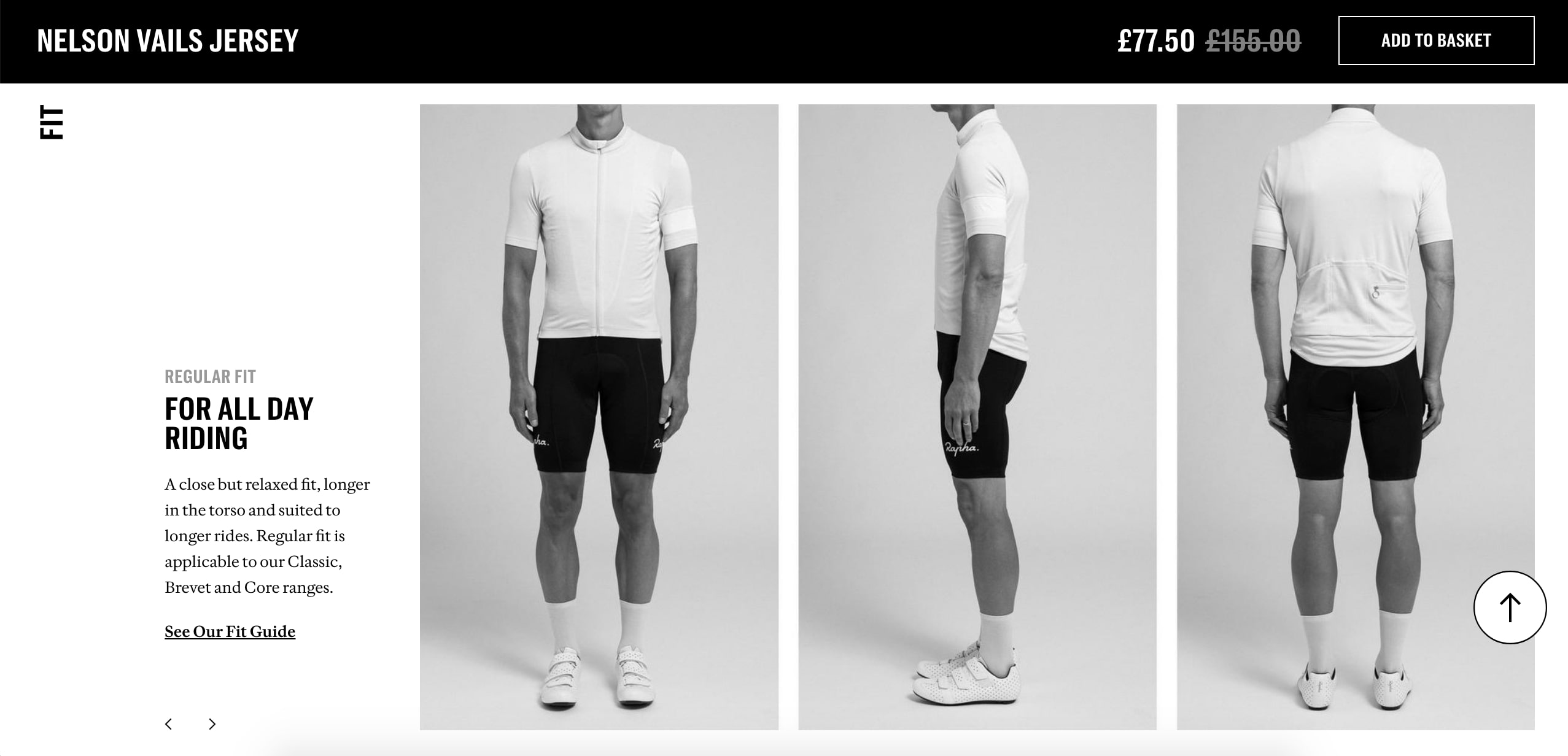
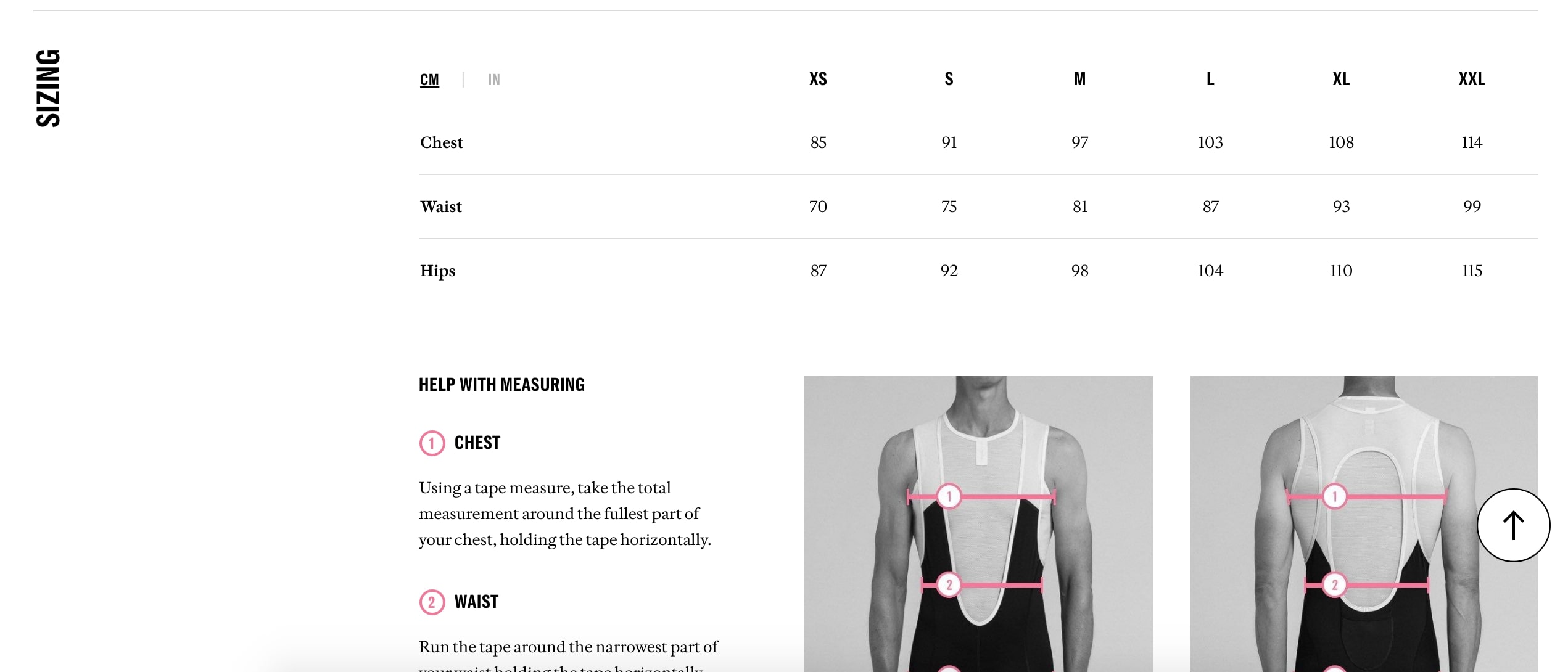
Another way that brands approach feedback is by sharing customer reviews with each product. While this practice has become relatively common, some brands are setting their review process apart by featuring the feedback prominently and offering more specifications within the review. Shinola takes the first approach, highlighting reviews alongside other essential information in the product page’s main navigation bar.
Although Rapha places the reviews closer to the bottom of the page, the reviews themselves offer more detail about product specifications. Within the review, customers are encouraged to move past general satisfaction and rate the product specifically on sizing, performance, and style. Here again, prospective buyers gain the information they need without leaving product page.
Needless to say, reviews have become an integral part of the shopping experience. By giving prominence to customer feedback and bolstering it with detailed fit guides, brands gain more control over the product narrative while helping customers to make an informed decision.
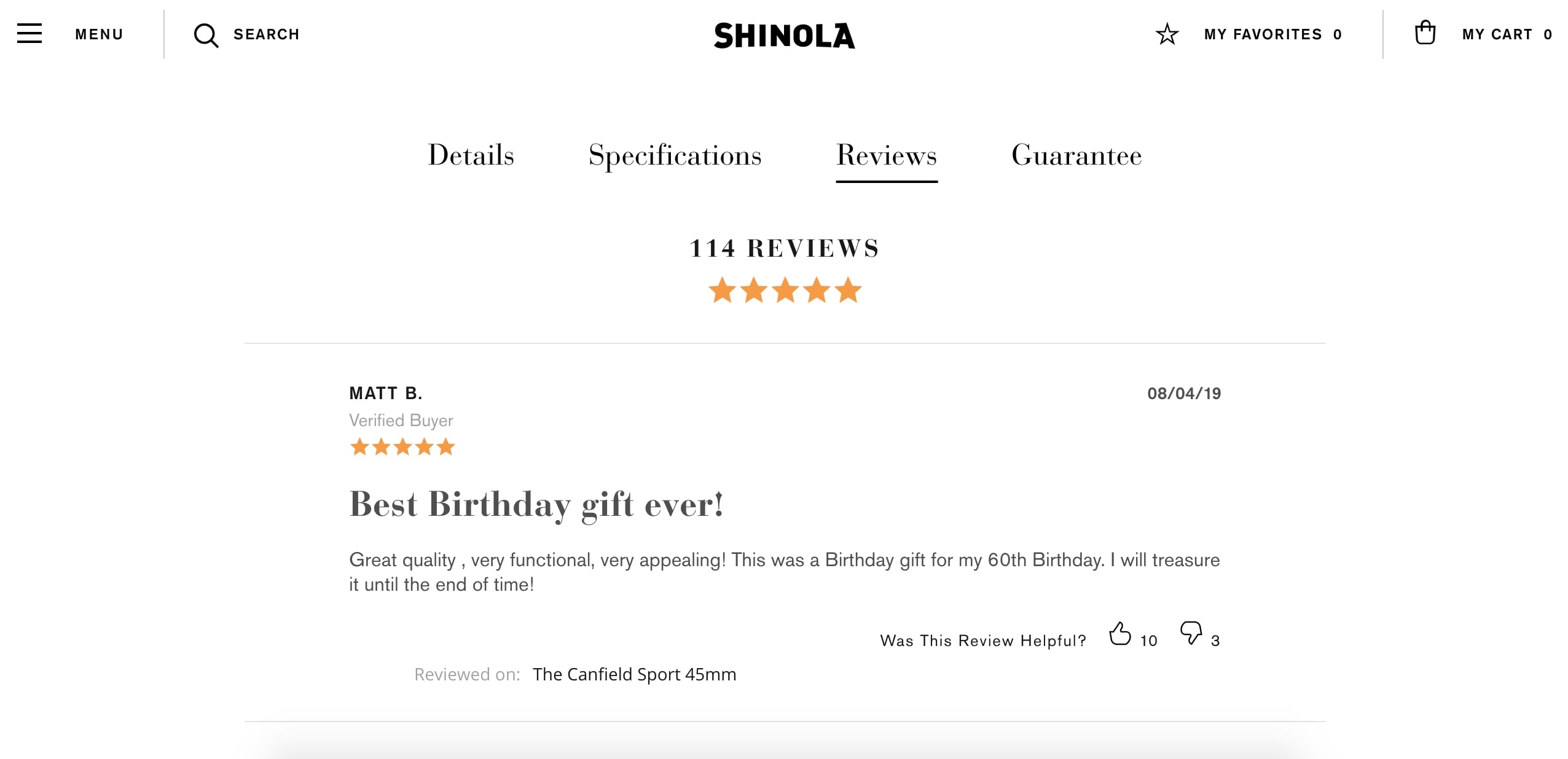

Building a Brand Narrative
Aside from offering additional product information, richer product pages benefit brands by allowing them to share more of their own story. Building a brand narrative develops a stronger sense of identity and gives brands a chance to differentiate themselves from competitors.
On the Hodinkee site, product pages include “The Backstory,” a section filled with details about how the product fits into the brand’s story. This mixes in elements of brand identity and heritage, setting the brand apart by creating a narrative that the customer becomes immersed in.
Rapha tells their story more subtly by highlighting their flexible return and repair policies. While this initially seems like basic customer service information, it actually adds to the narrative by communicating that the brand is human, understanding, and customer-oriented. Even the inclusion of small details like these enriches a product page and builds a stronger brand.
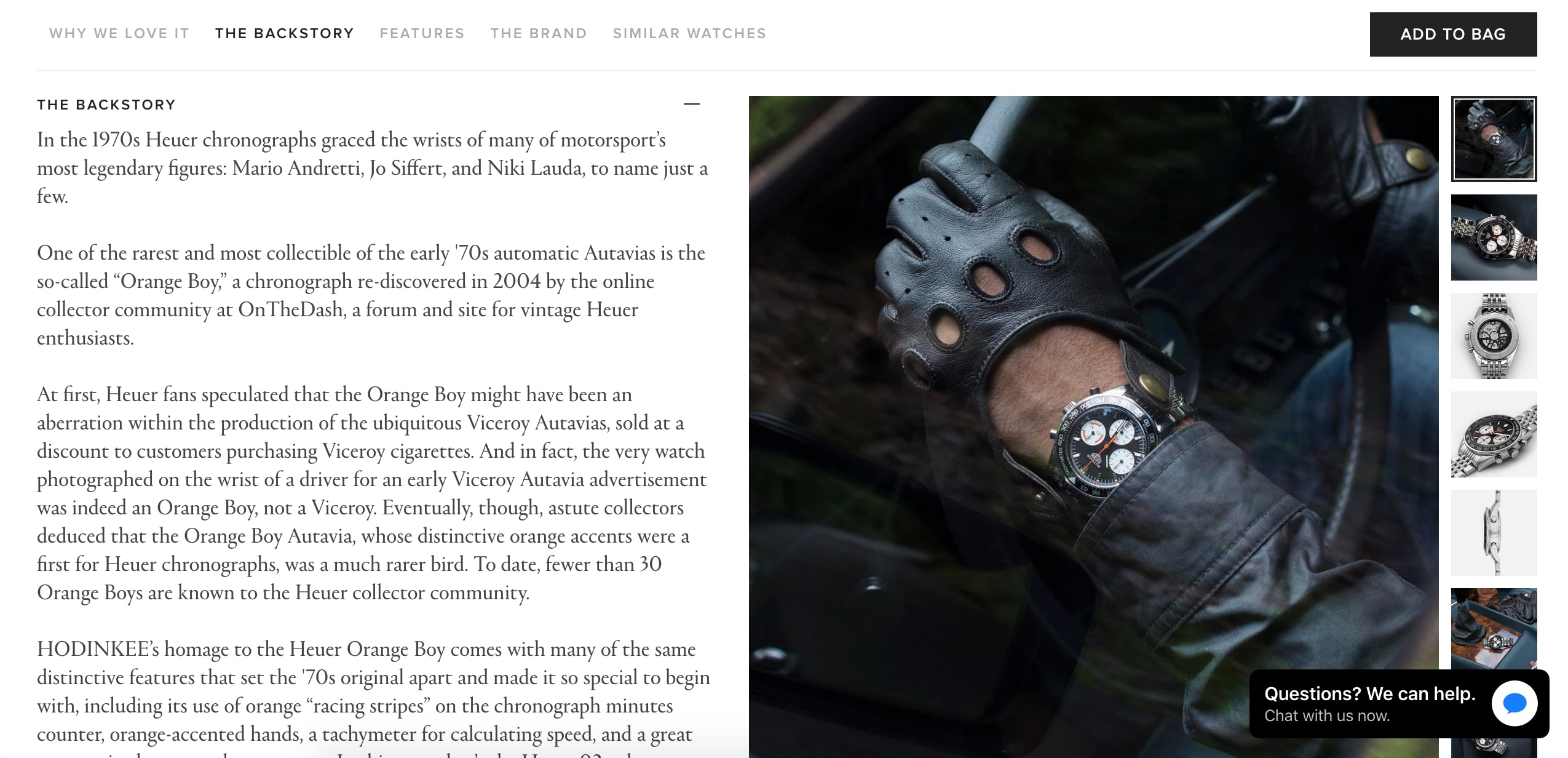
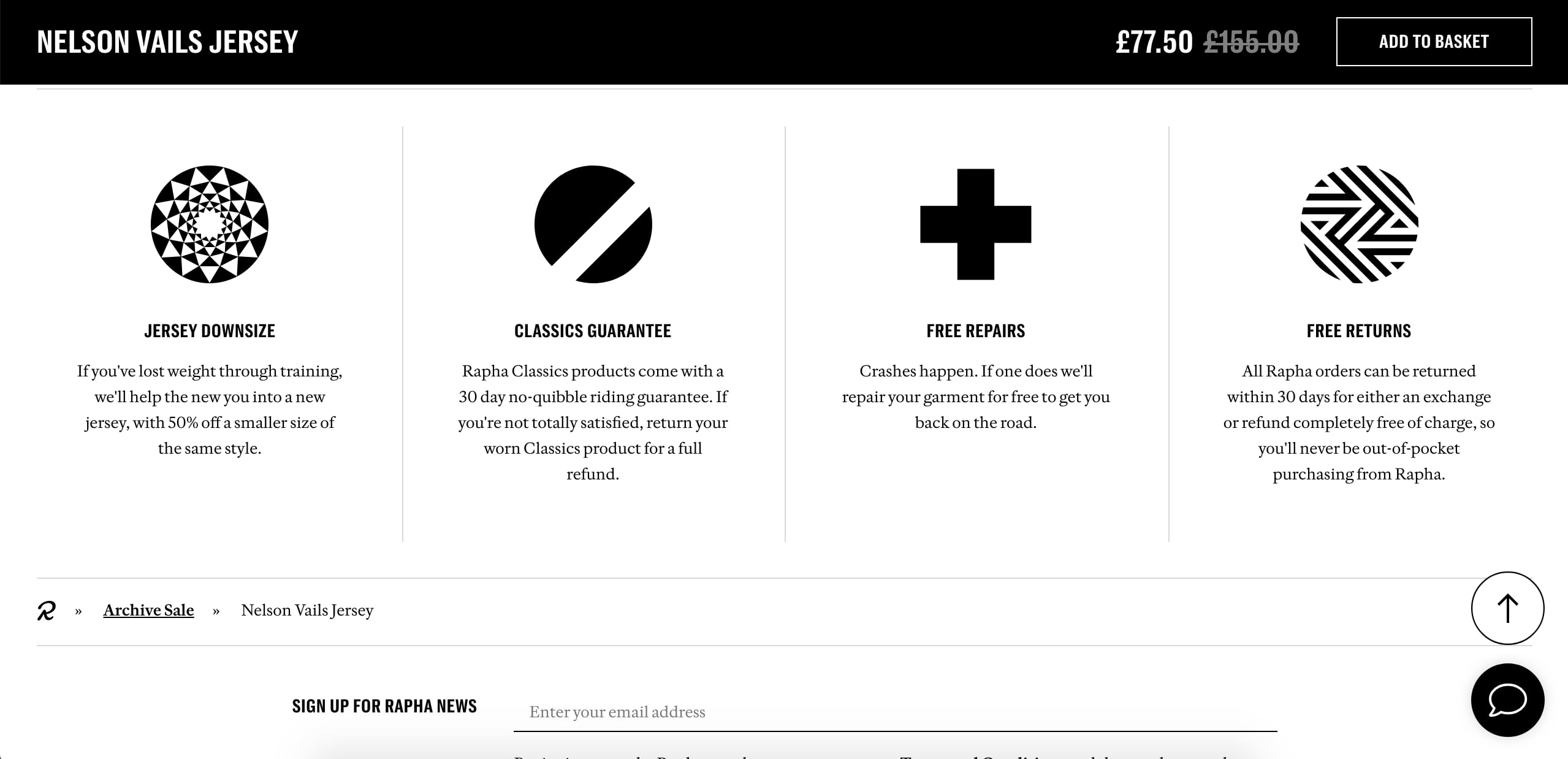
eCommerce Search Engine Optimization
In addition to educating customers and supporting purchasing decisions, the elements above play a key role in helping an eCommerce site rank well in search engines.
Search engines rank pages based on their quality, depth, and focus, along with the authority of the links that point back to them. Numerous technical factors also contribute to this process, but we’ll focus on the content here and assume that these sites are checking all of the technical boxes already.
Fortified Product Pages have a large amount of focused content on each product, providing Google with a lot of information by which to rank the page. Additionally, the dynamic content provided by reviews encourages Google to come back and crawl the page more frequently. Because these pages provide such valuable content to consumers and third-parties, others are encouraged to link directly to the product pages and their wealth of information. These links boost the overall search engine equity and value of the page.
So, by going deep on each individual product, these sites give Google the valuable and focused content it desires, prompting frequent crawls through dynamic reviews and updates and earning valuable links pointing to the page.
Conclusion
Considering the online shopping boom and the proliferation of startups, Fortified Product Pages offer retailers a great way to stand out while attracting new customers. The opportunity to share more about the product and brand is a huge positive that justifies the lengthier content. Especially in the leadup to the holiday season, we expect to see a lot more of this trend from a wide range of retailers.





Leave the first comment